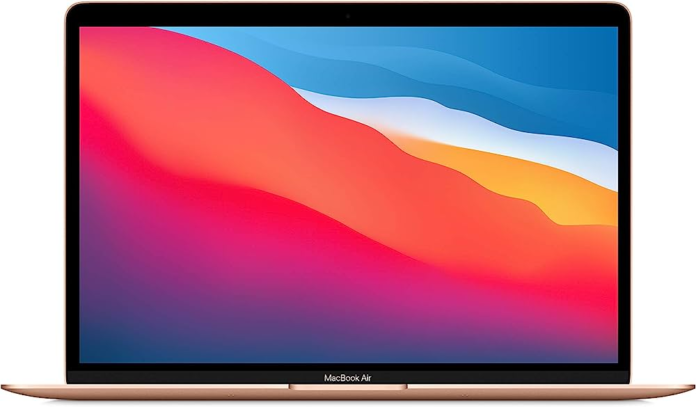A German repair shop, NotebookNerds, successfully overcame Apple’s security measures to repair a MacBook. They devised a specialized tool, ‘Nerd.Tool.1,’ designed to address a particular MacBook issue: the lid sensor malfunction. This sensor, present in MacBook Pro and Air models, identifies whether the laptop is closed.
When this sensor fails, it disrupts the laptop’s functionality, preventing it from recognizing when the lid is closed. This results in the device remaining powered on, failing to conserve power by turning off the screen.
In cases of sensor malfunction, repair isn’t as straightforward as a simple replacement. Apple has implemented a system where certain components, like this sensor, are paired with the logic board. Replacing them necessitates a unique calibration tool provided only to Apple-certified repair centers, restricting third-party repair options.
NotebookNerds ingeniously developed their version of this tool to enable the replacement of the lid sensor. Experts, including Ricky Panesar from iCorrect, were astonished by this achievement, as it was previously believed that the lid angle sensor’s data was uncopyable.
It’s important to note that this workaround currently applies to the lid sensor issue alone. However, there’s potential for this concept to extend to other components requiring similar authentication for proper replacement.
The Future of MacBook Repairs
In the quest for fairer and more affordable repairs, the recent developments are noteworthy. These hacks and tools, if widely adopted, could open doors for a multitude of repair shops to handle Apple laptops.
The potential benefits for consumers are substantial. Third-party repair providers could offer more reasonable pricing, contrasting Apple’s notorious costliness. Increased competition within the repair market is likely to drive down service charges.
Nevertheless, it’s doubtful that Apple will simply stand by and allow this to occur. There’s a possibility that the company will take steps to obstruct the proliferation of such workaround tools in the future. The level of encryption implemented in the iPhone 15, for instance, may serve as a precedent for how Apple secures its laptops.

Apple’s response is a subject of speculation. Although the company has demonstrated a gradual shift in its approach to repairs, with recent instances of reactivating features on repaired selfie cameras and endorsing the Right to Repair bill in California, the exact motives remain unclear. Apple has faced criticism for its consumer-unfriendly policies and environmental concerns, prompting a potential shift in strategy.
iFixit, a prominent name in the repair community, emphasizes Apple’s potential to excel in creating user-friendly self-repair experiences. However, Apple’s actions in response to this development will be indicative of the extent to which it is willing to adapt its repair policies. The direction Apple chooses may hold significant implications for the future of MacBook repairs.
